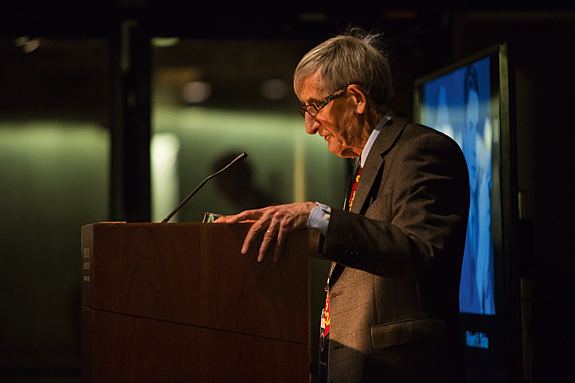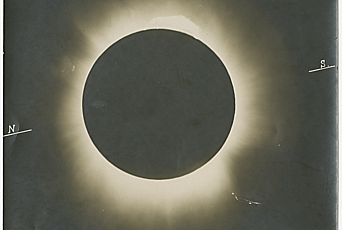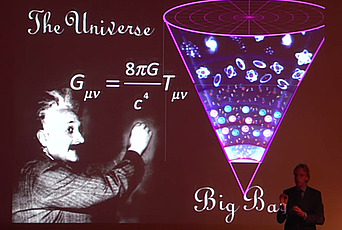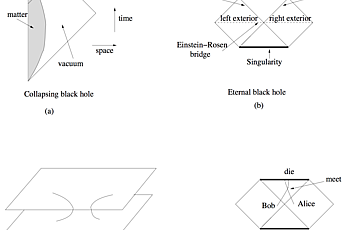Christmas Day, 1942, was the three hundredth birthday of Isaac Newton. I was then an undergraduate at Trinity College, Cambridge. Since Newton was our most famous fellow, the college organized a meeting to celebrate his birthday. Since it was war-time and very few fellows and students were in residence, the meeting was modest and the audience was small. We heard John Maynard Keynes, the famous economist who was then successfully keeping the British economy from collapse, give a talk with the title, “Newton, the Man.” Amid the intense pressures of his public duties, Keynes had found time to pursue his hobby of collecting and studying unpublished Newton manuscripts. I have a vivid memory of the frail and white-faced Keynes, lying exhausted under a reading-lamp in the darkened college hall. He pulled out of the darkness his image of the genius of Newton. Keynes told us that the essence of Newton’s greatness was his ability to hold an intellectual problem in his mind with total concentration for months and years on end until he had solved it. Newton, he said, was gifted with muscles of intellectual concentration stronger than the muscles of anyone else.
Three years later, in 1946, the war was over, and the Royal Society organized a much bigger celebration in London. Scientists came from all over the world to honor Newton. By that time Keynes had died, worn out by too many crossings of the Atlantic to negotiate with the United States the conditions for keeping the United Kingdom afloat. The talk that we heard in Cambridge was read in London by his brother Geoffrey Keynes, and published by the Royal Society in the proceedings of the London celebration. It became a classic portrait of Newton, written by a man who had studied Newton intensively and penetrated deep into his mind.
We now know that Keynes was wrong. Newton did not have the strongest muscles of intellectual concentration. Einstein’s muscles were stronger. Einstein held the problem of understanding gravitation in his mind for ten years, from the discovery of special relativity in 1905 to the birth of general relativity in 1915. He held onto the problem with all his strength until it was solved. After it was solved, the new science of cosmology was born, allowing us to explore the size and shape of the universe, holding the universe in our minds as a dynamical system which we can grasp with real understanding. Einstein enlarged our vision of nature even more than Newton. Newton saw nature as dynamical. Einstein saw nature as geometrical.
We are here tonight to celebrate the hundredth birthday of general relativity. Einstein, our most famous colleague, also made a massive contribution to the birth of quantum mechanics, but that is a subject for another occasion. I will add only a few remarks about quantum mechanics that are relevant to the understanding of general relativity. It is now fashionable for physicists to search for a unified theory in which the universe is basically quantum mechanical, with the classical world of general relativity emerging as a limiting case when masses are large and quantum fluctuations are small. According to this fashionable view, quantum mechanics is exact and general relativity is approximate. I reject this fashionable view. In my view, which was also the view of Niels Bohr, the quantum world and the classical world are equally real. They both give valid descriptions of the universe, but they cannot both be seen in the same observation. This situation is a fine example of Bohr’s principle of complementarity. Roughly speaking, quantum mechanics describes the universe when you look forward into the future and the theory gives you probabilities. General relativity describes the universe when you look backward into the past and the theory gives you facts. Probabilities describe the future. Facts describe the past. Quantum mechanics and general relativity together give us a coherent view of nature with all its magical beauty and diversity. General relativity is half of the picture, and to my taste the more beautiful half.
Let us now drink to the hundredth birthday of general relativity.



